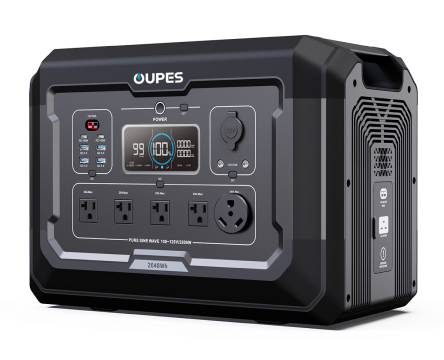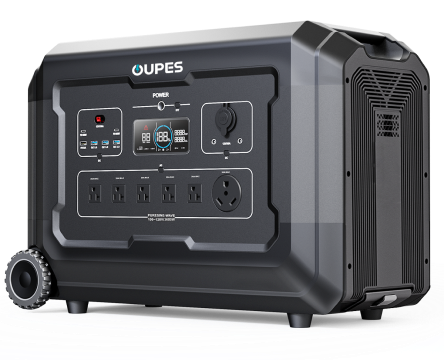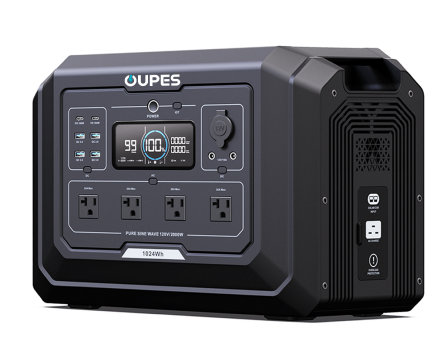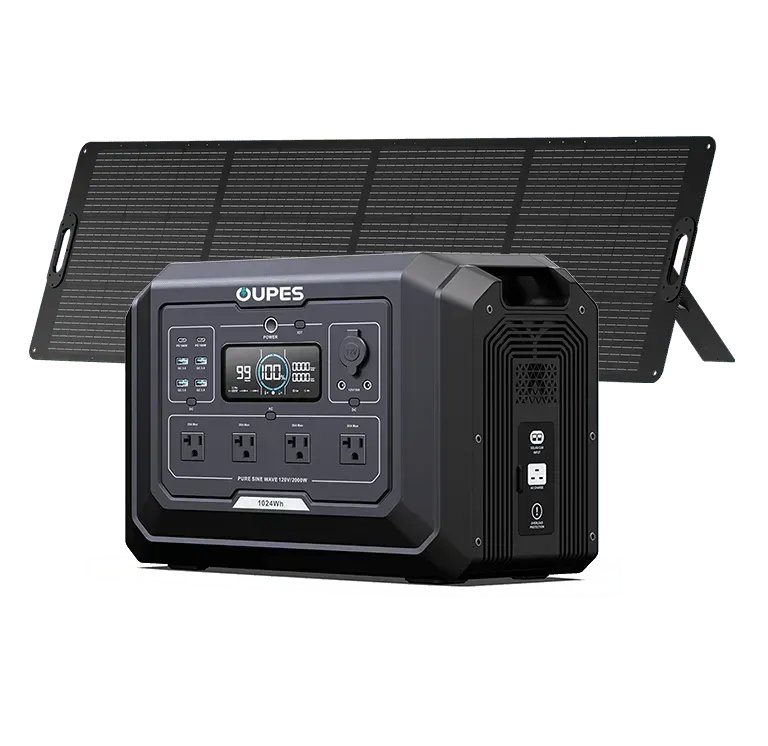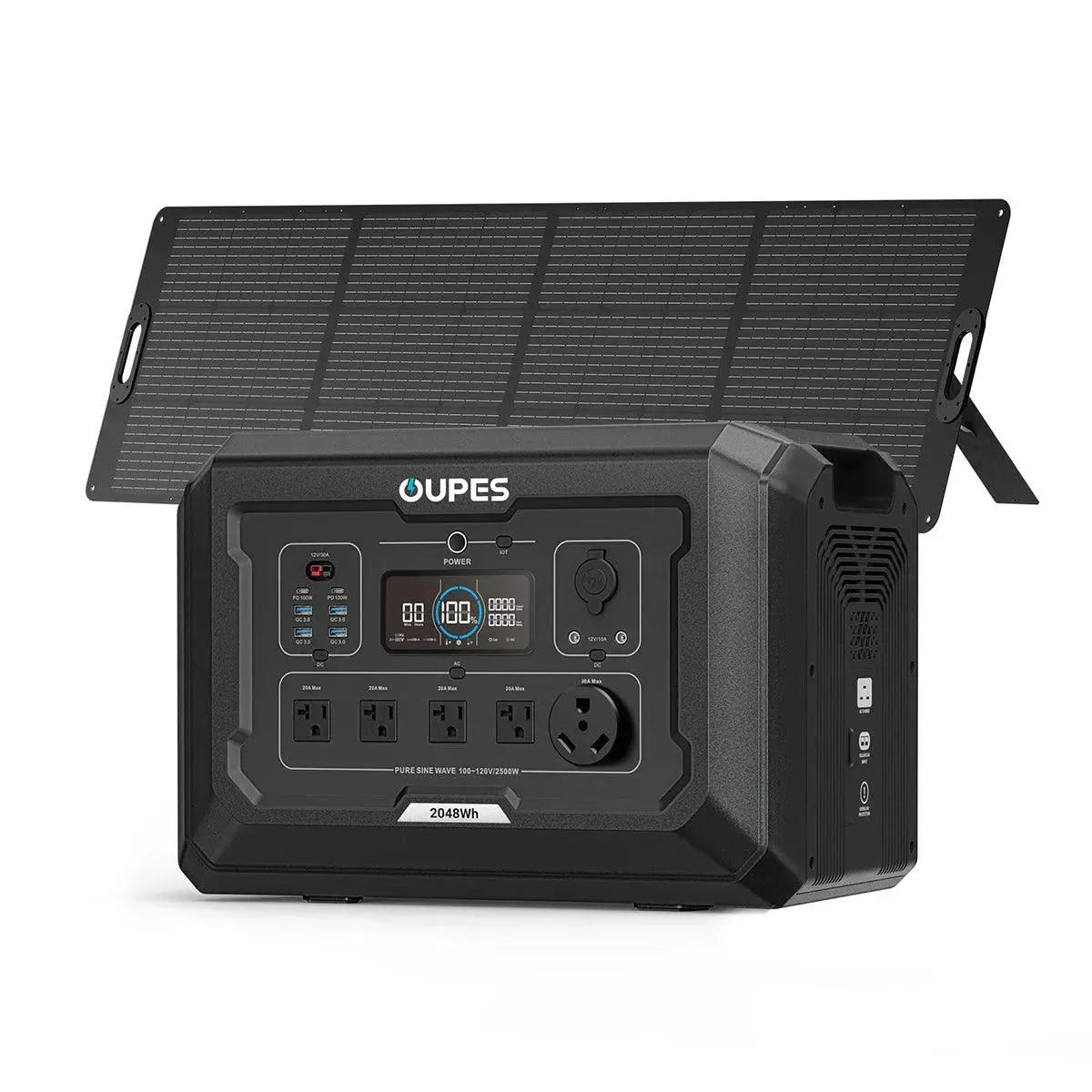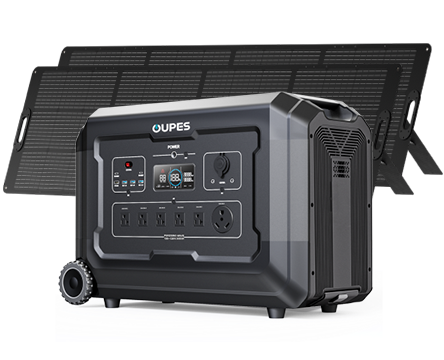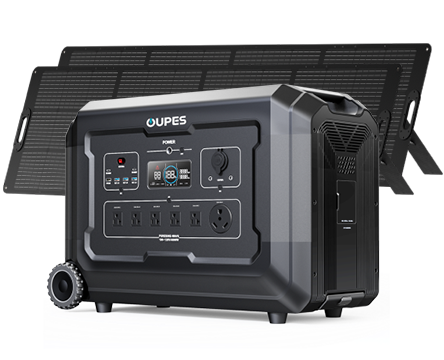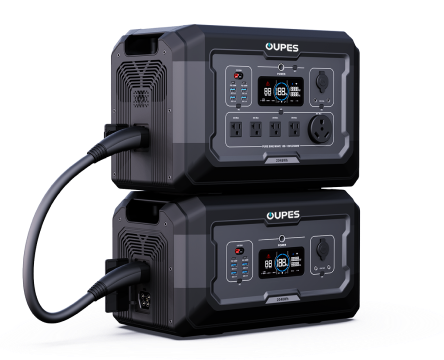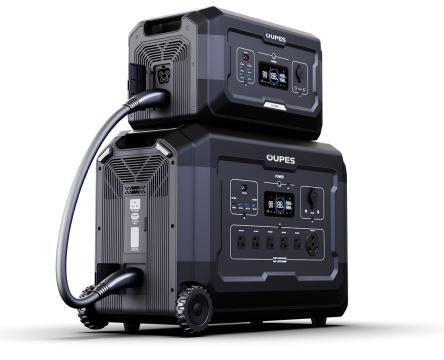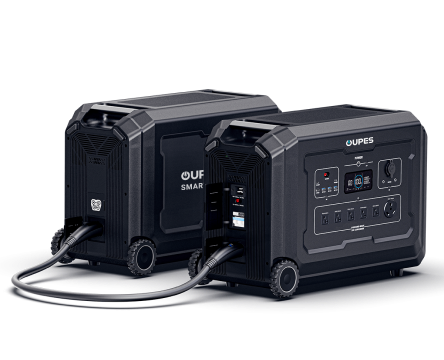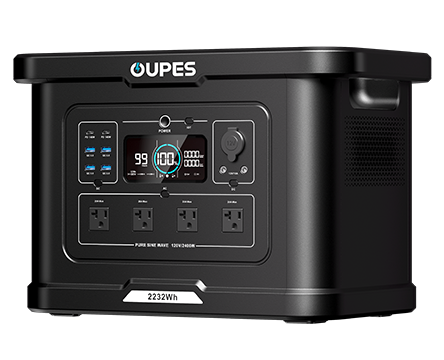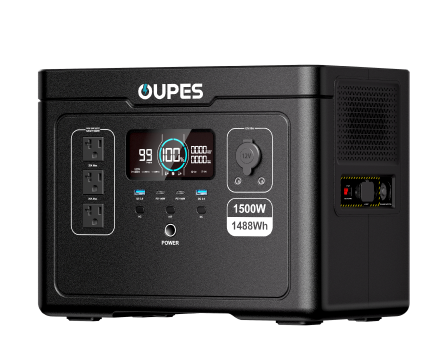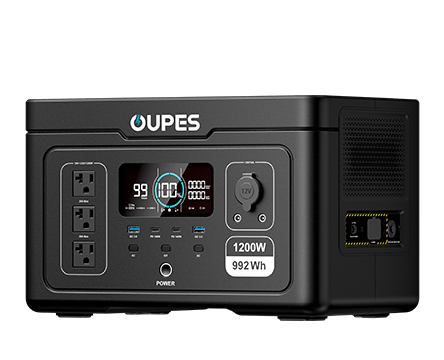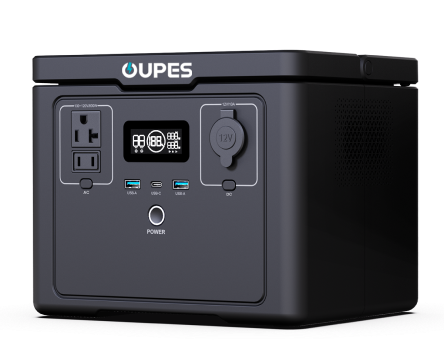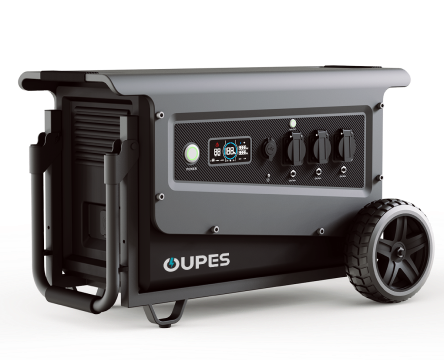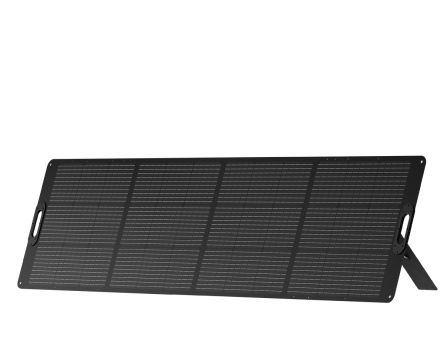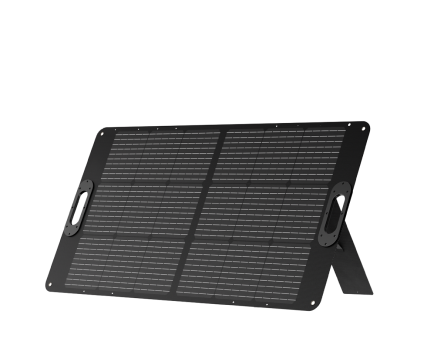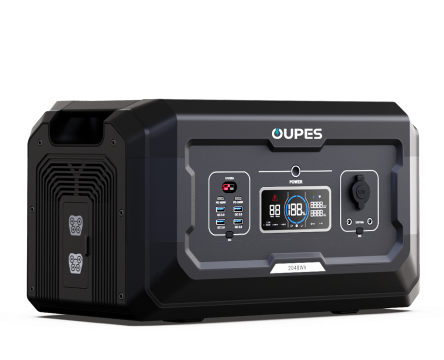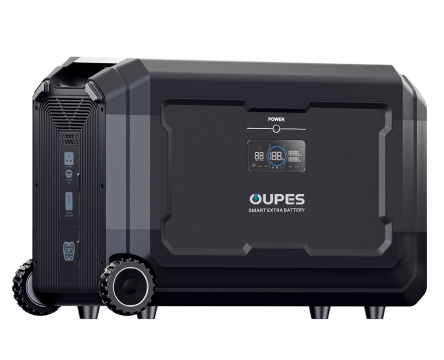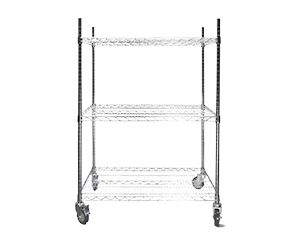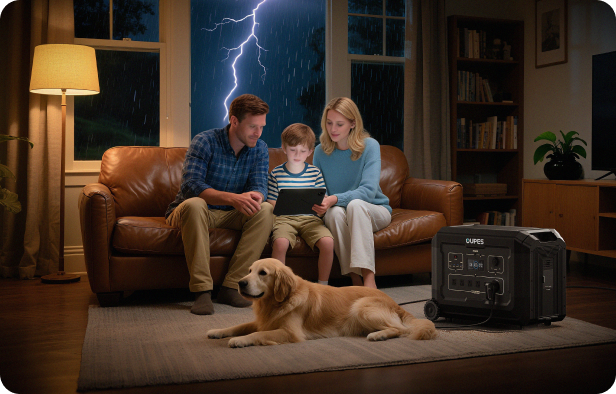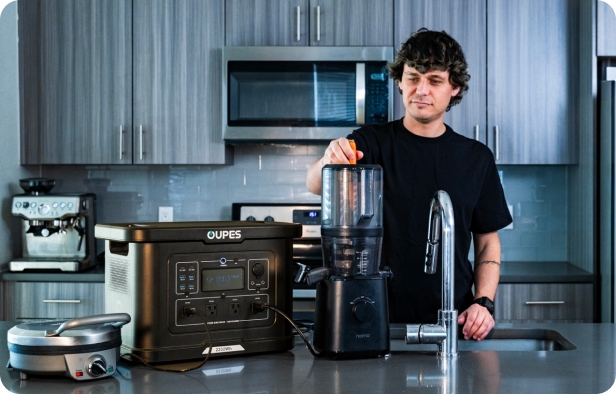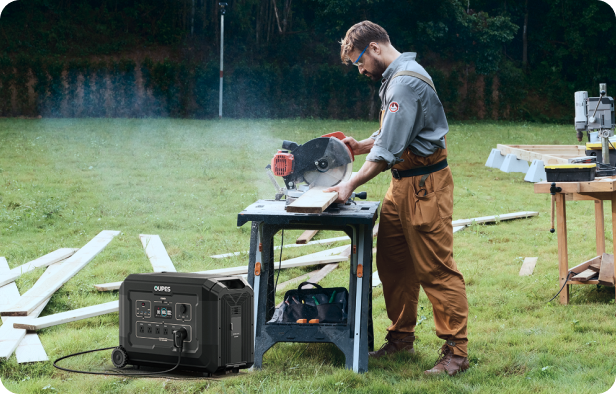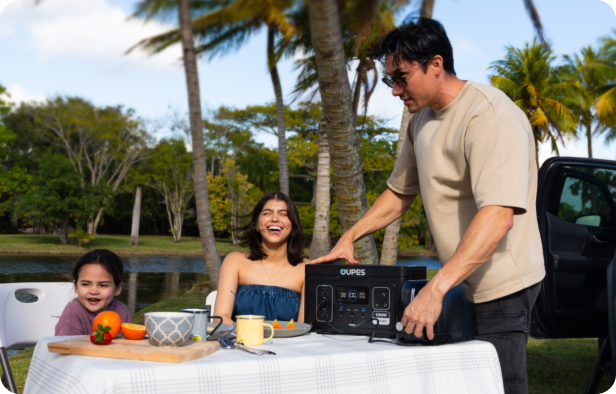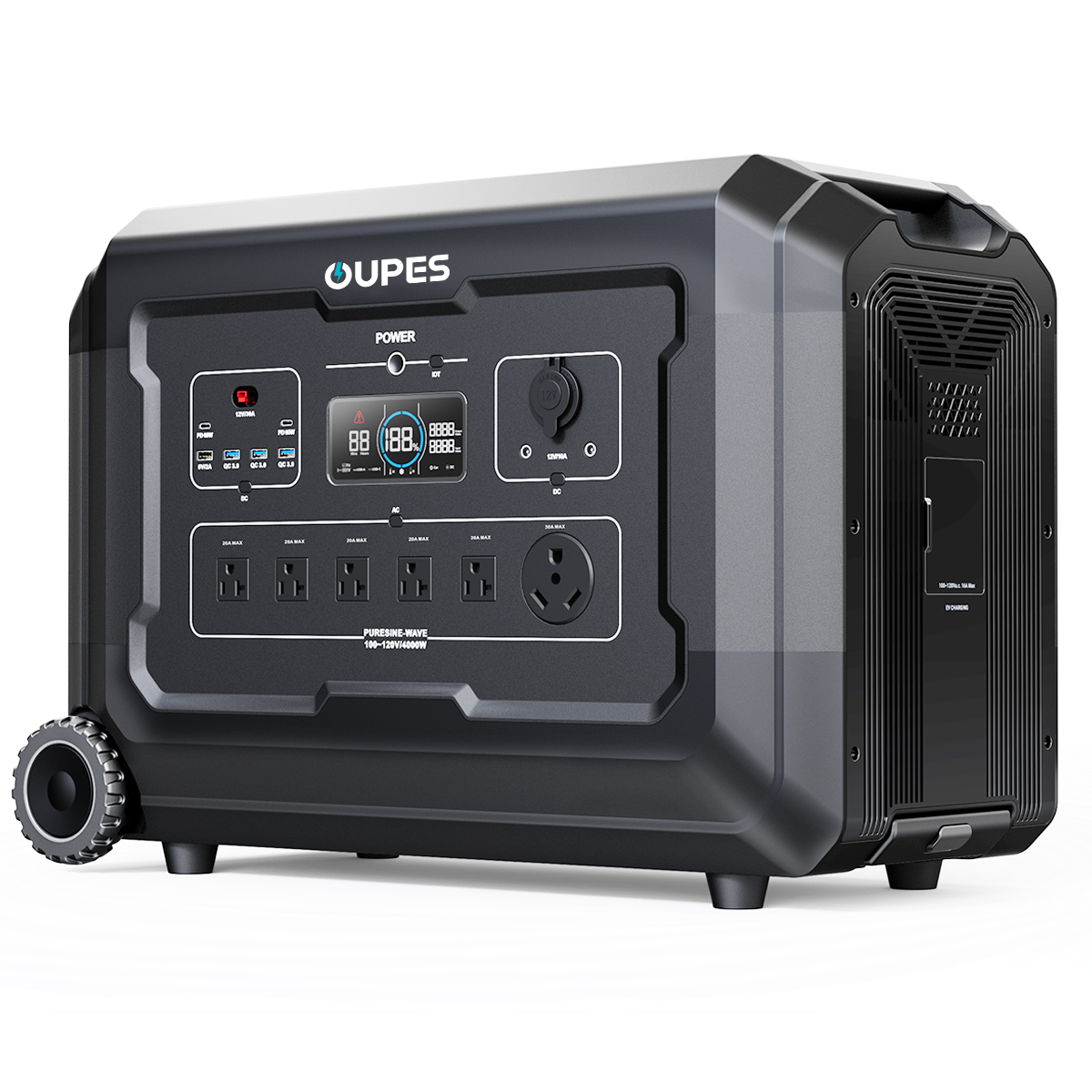
In the silent heart of a solar generator, electrons whisper promises of immortality—yet time’s corrosion spares no technology. The lifespan of a portable solar generator isn’t a countdown clock but a kaleidoscope of chemistry, usage rituals, and environmental warfare. Imagine lithium cells as monastic scribes, meticulously transcribing solar energy into stored power until their hands (anodes) crumble. OUPES’s ArmorCell technology might delay this decay, but entropy always collects its tax. Let’s dissect this temporal labyrinth.
From the Saharan dust devils choking fan vents to the Arctic cold numbing battery electrolytes, every environment writes its own expiration date. A generator surviving a decade in Arizona’s desiccated embrace might succumb to three monsoons in Mumbai. This isn’t product longevity—it’s Darwinian adaptation played out in microcircuits and polymer casings. Prepare to navigate the quantum physics of degradation.
The Alchemy of Battery Longevity
At the core squats the battery—a sacrificial beast consuming itself with every electron transfer. OUPES’s LiFePO4 (lithium iron phosphate) cells boast 6,000 cycles to 80% capacity, but cycles aren’t calendar years. A cycle constitutes one full discharge-recharge ballet. Use 20% daily? That’s 1/5th a cycle—stretching 6,000 cycles into 30,000 days (82 years). The math seduces, but reality intrudes: electrolyte oxidation continues regardless of use, like wine aging in sealed bottles.
Temperature conducts this decay symphony. Store an OUPES Nova 500 at 95°F (35°C), and capacity plummets 35% faster than at 68°F (20°C). Sub-zero storage? Lithium enters cryogenic stasis, risking dendrite daggers upon thawing. The ArmorCell’s self-heating membranes combat this—drawing 5W to maintain 41°F (5°C) in Alaskan winters, trading minimal energy for survival. This isn’t battery life; it’s thermal triage.
Photovoltaic Mortality
Solar panels play Persephone—six months of vigorous electron harvesting, six months of shaded decline. OUPES’s monocrystalline arrays degrade 0.5% annually, but microcracks from hailstorms accelerate demise. A single 5mm crack becomes a resistance tumor, diverting current into bypass diodes. The Titan series’ shatterproof ETFE coating resists this, but UV radiation remains the silent killer. After 10,000 sunrises, photons have scoured the anti-reflective coating thin, efficiency sliding from 23% to 18%—a solar senescence no warranty covers.
Wiring joins this mortality waltz. MC4 connectors, stressed by daily panel folding, develop resistance hotspots. OUPES’s GoldFusion contacts resist corrosion, but beachside salt aerosols still gnaw. Within five years, a 2% voltage drop emerges—the generator charges slower, unaware its photovoltaic veins are hardening. This is aging measured in milliohms.
The Inverter’s Silent War
Inverters die not with blackouts but whimpers—capacitors bloating like overfed ticks, MOSFETs succumbing to thermal fatigue. OUPES’s hybrid inverters promise 50,000 hours (5.7 years) of continuous use, but real-world patterns are merciless. A camper powering a 1500W kettle daily subjects transistors to 300 thermal cycles annually—expanding and contracting like lungs. By year seven, solder joints fracture into micro-canyons, resistance blooming like mold.
Pure sine wave fidelity degrades subtly. Initially producing 1.5% total harmonic distortion (THD), aging components let distortion creep to 5%—enough to make sensitive medical devices revolt. The Titan Pro’s self-calibrating waveform tech fights this, but after 10,000 hours, even AI yields to physics. This isn’t failure; it’s performance poetry fading to prose.
Usage Patterns: The Human Accelerant
Depth of Discharge (DoD) is the great lifespan arbiter. Drain an OUPES Mega daily to 90% DoD, and the 6,000-cycle battery survives 16 years. But habitually siphon 30%? Cycles stretch to 15,000, projecting 41 years—a actuarial fantasy, since calendar aging limits actual lifespan to 12-15 years. Partial cycling isn’t a fountain of youth—it’s a temporal illusion.
Parasitic loads lurk like vampires. Leave the generator’s Bluetooth active during storage? That 0.8W drain seems trivial but accumulates—9.6Wh daily, 3,504Wh annually. Over a decade, that’s 35kWh stolen from the battery’s soul—enough to power a home for a day. OUPES’s ZeroDrain tech combats this, reducing standby loss to 0.08W, but user discipline remains the final guardian.
The Reincarnation Calculus
When the Titan’s display finally dims, expiration isn’t absolute. OUPES’s circular economy program harvests viable cells for second-life home storage—a 70% capacity battery still stores rainwater for energy droughts. The inverter becomes a boat anchor; the solar panels power chicken coop lights. This afterlife extends the generator’s legacy beyond spec sheets into sustainable mythos.
So how long does it last? In laboratory Valhalla—25 years. In Saharan caravans—maybe 8. For suburban preppers cycling it gently—15. But true longevity isn’t measured in years; it’s counted in blackouts weathered, vaccines preserved, memories illuminated. The OUPES generator’s lifespan isn’t a expiration date—it’s the duration of human resilience it enables.

